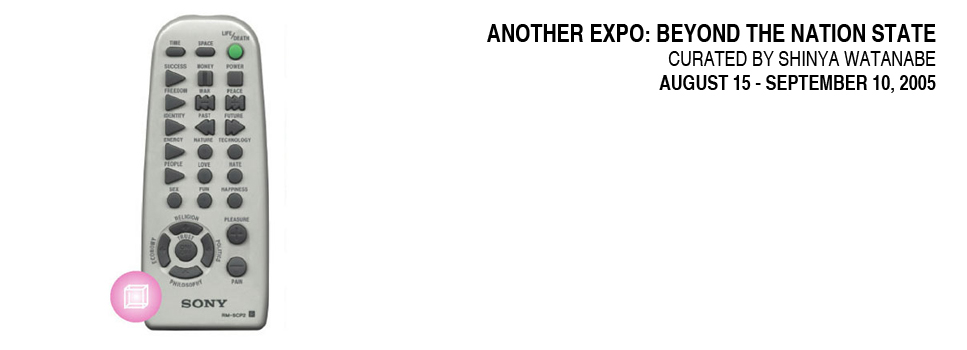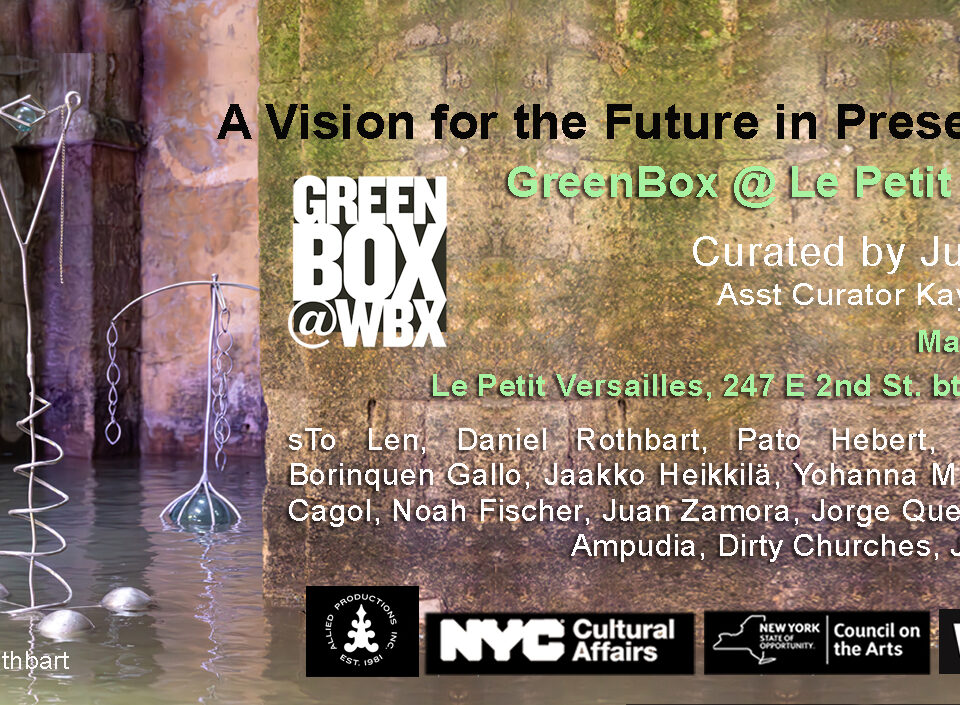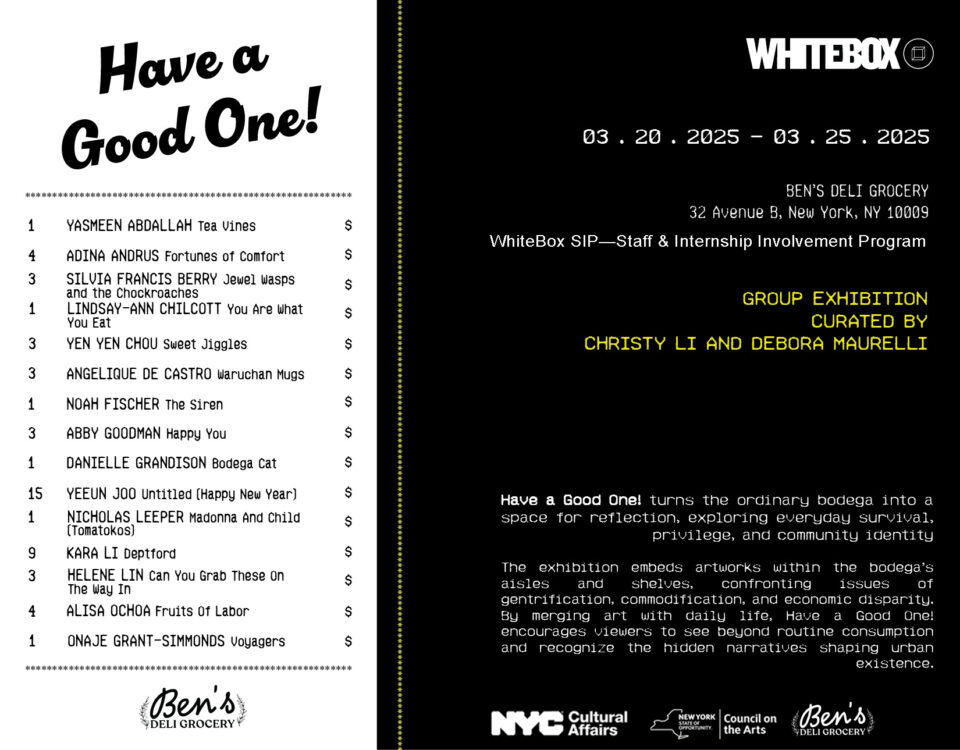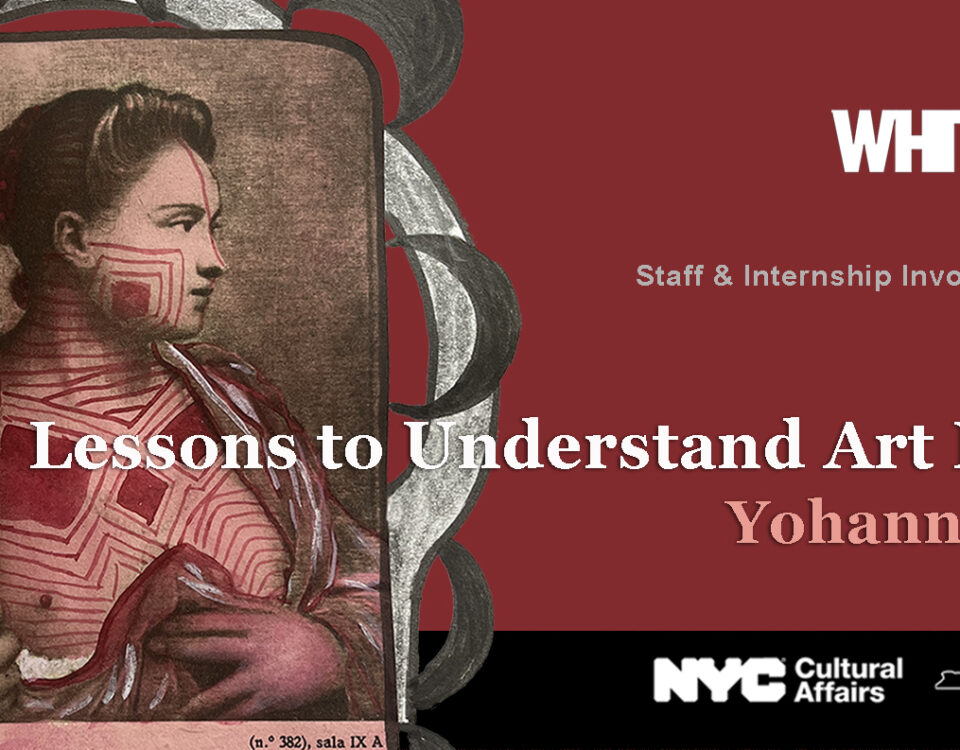Posthumous Choreographies & Other Optical Labyrinths
June 2, 2005S&P STANIKAS: END OF A MILLENNIUM
September 16, 2005ANOTHER EXPO: BEYOND THE NATION STATE CURATED BY SHINYA WATANABE AUGUST 15 – SEPTEMBER 10, 2005
Marina Abramovic (Belgrade) / Genpei Akasegawa (Tokyo) / Sejla Kameric (Sarajevo) / Ryoga Katsuma (Kochi) / Ines Pais (Lisbon) / Jun Shibata (Kamakura) / Nebojsa Seric-Shoba (Sarajevo) / Yuken Teruya (Okinawa)
Another Expo is both a political and cultural project. Instituted in 19th-century Europe, ‘Expo’ resulted from the shift of city-states to Nation-States and from feudal economies to market economies. With the formation of Nation-States, the ‘Expo’ effectively shaped a country’s national culture. ‘Expo’ became a powerful tool for promoting versions of citizenship, social membership, and cultural inclusion, as well as what can be characterized as tourist consumerism and urban cosmopolitanism. Eventually however, European modernism and the Nation-State structure led to colonialism and World War. Furthermore, given the current international climate the basis of the ‘Expo’ representing internationalism is outdated and corrupted. Aichi “Love Earth” Expo 2005, currently on exhibit in Japan, has clearly given rise to U.S. Unilateralism, thereby raising issues regarding the meaning of an Expo and a Nation-State in the 21st -century.
Another Expo strives to transcend the idea of the established ‘Expo’ by rejecting violence and favoring co-existence. There is no “outside” and “inside” and no “foreign country.” There is no distinction between enemy and ally. Instead, Another Expo aspires for an open system. In this exhibition, curator Shinya Watanabe goes back to the purist idea of an ‘Expo’, one that can explore art related contexts and is free from promoting the Nation-State institution.
The eight artists chosen for the exhibition are an embodiment of these ideals. They seek to define a new Expo by representing the 21st-century as a time of coexistence, not war. This year marks the 60th anniversary of Japan’s defeat (as well as Hiroshima, August 6, and Nagasaki, August 9, which led to the end of WWII.) Every year, the Japanese people observe August 15 by remembering their war dead and renewing their vow for peace.




